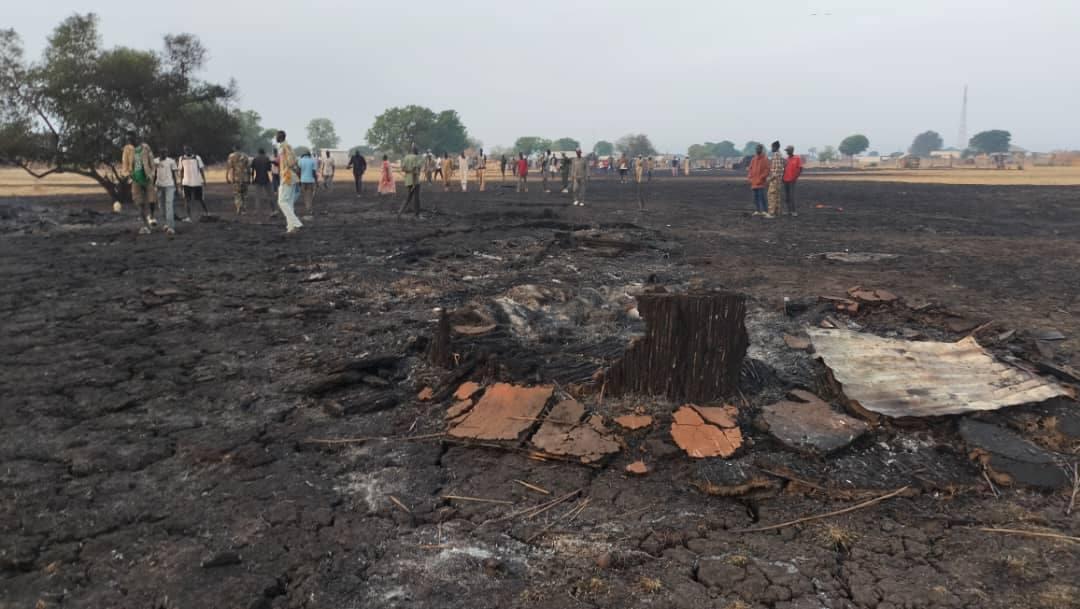Africa-Press – South-Sudan. Three United Nations agencies have raised alarm over the risk of famine in two counties of Upper Nile state, where continued conflict and displacement have pushed thousands of people to the brink of starvation.
According to the latest report by the Integrated Food Security Phase Classification (IPC), communities in Nasir and Ulang counties are facing what they called the most severe levels of hunger, with 32,000 people already in Catastrophic (IPC Phase 5) conditions.
This is more than three times higher than previous estimates.
In a statement issued by the World Food Program, Food and Agriculture Organization, and UNICEF, as seen by Eye Radio, the IPC update shows a sharp deterioration in food and nutrition conditions across conflict-affected areas of South Sudan.
In Upper Nile state, 11 out of 13 counties are currently facing emergency (IPC Phase 4) levels of hunger due to ongoing fighting, aerial bombardments, and displacement that began in March.
UNICEF’s Country Representative in South Sudan, Noala Skinner, said: “These latest projections place a further 200,000 young children at high risk of malnutrition. Access challenges and health facility closures are reducing the chances of early treatment, while cholera is compounding an already dangerous situation.”
UNICEF says the number of children at risk of acute malnutrition across South Sudan has now risen to 2.3 million, up from 2.1 million earlier this year.
The UN Food and Agriculture Organization Country Representative Meshack Malo also warns that renewed violence will prevent farmers from planting crops, worsening the hunger crisis.
While some counties have seen improvements due to relative stability and improved crop production, 7.7 million people — about 57 percent of the population — continue to face Crisis-level (IPC Phase 3+) or worse levels of food insecurity across the country.
In Upper Nile alone, 66 percent of the population representing more than one million people, are now facing Crisis, Emergency, or Catastrophic hunger levels.
For its part, the World Food Programme (WFP) said humanitarian access in conflict-hit areas remains severely limited.
Mary-Ellen McGronarty, WFP’s Country Director, said conflict tears communities apart and drives food prices up.
McGroarty stated that right now, it is critical that their teams access Upper Nile to deliver life-saving food before famine takes hold.
Aid agencies warn that time is running out for thousands of families caught in the crossfire, especially as the lean season sets in and cholera spreads in affected areas of Upper Nile and Unity states.
Humanitarians are calling for urgent and unhindered access to deliver assistance and avert a worsening crisis.
Source: Eye Radio
For More News And Analysis About South-Sudan Follow Africa-Press






